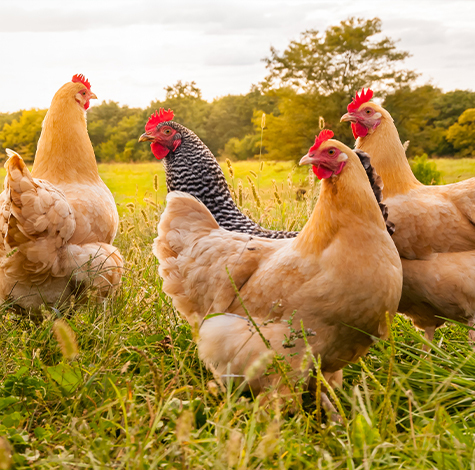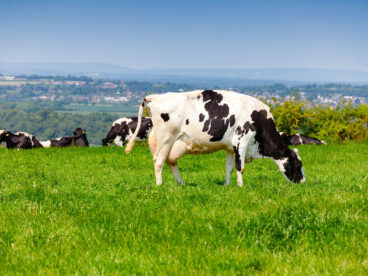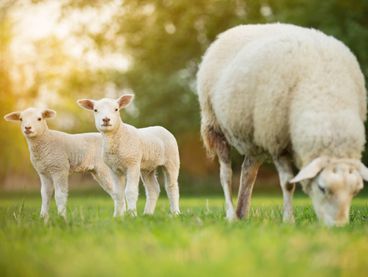Understanding true energy value of fats
Formulating the most cost-effective diet relies on an accurate assessment of the energy content of feeds. As Mark Townsend, UFAC-UK Regional Sales Manager in the South and South West explains, this must involve taking a closer look at fats and fatty acids.
Formula“When formulating a diet, one of the key building blocks is a forage analysis, allowing you to take an accurate account of the quality of forage,” Mark explains. “Dairy farmers know forage quality will vary and so plan to take account of it, yet many assume all fats will provide a similar energy content when looking to build a diet. Nothing could be further from the truth.” While the gross energy content of fats and oils is constant at 39MJ/kgDM, independent studies highlight several factors that will determine the overall ME that is actually available to the cow. These are: • Actual oil and fatty acid content – fat products contain differing amounts of actual fatty acids • Digestibility – the digestibility of different fats and oils vary. Saturated fats have a lower digestibility than un-saturated fats. This affects the amount actually available to the cow. • Mix of fats – blends of saturated and un-saturated fats have a synergistic effect on energy availability. In simple terms, blends of oils supply around 7% more energy than a single saturated oil product. • The carrier – The carrier of the oils itself has an energy value.ting the most cost-effective diet relies on an accurate assessment of the energy content of feeds. As Mark Townsend, UFAC-UK Regional Sales Manager in the South and South West explains, this must involve taking a closer look at fats and fatty acids.
Product dry matter – The actual dry matter content determines energy delivered.
The table compares the actual energy supply for three common fat supplements used on UK dairy farms – a high C16 product, a calcium soap and UFAC Dynalac which is a blend of fatty acids supplied on a carrier.
Dynalac has a high digestibility and an ME of 27MJ/kgDM, despite having a lower oil content. Calcium soaps on the other hand, although typically quoted as being 33MJ/kgDM, are actually only 27MJ/kgDM, mainly because of the lower digestibility.
The only way a calcium soap could be a 33MJ/kgDM product is if the fat was 100% digestible. When you also consider that calcium soaps cost around £750 on farm and Dynalac is £575, the economic consequence is considerable.
While Dynalac works out at 2.13p/MJ, a calcium soap at 33MJ/kgDM will be 2.27p/MJ. However, at 27MJ/kgDM the cost is 2.77p/MJ.
When incorporating fats in diets, work out the true ME to ensure cows receive the energy they require and calculate pence/MJ to ensure you deliver the best margins.
Source: NRC (2001) Borsting et al (1992) Drackley (2004).
| High C16:0 | Calcium Soap | Dynalac | |
| Energy content of fat/oils (MJ/kg) | 39 | 39 | 39 |
| Oil content (%) | 99 | 84 | 50 |
| Effective energy (MJ/kg) | 38.6 | 32.7 | 19.5 |
| Digestibility (%) | 47 | 78.5 | 93.6 |
| Digestible energy (MJ/kg) | 18.33 | 25.7 | 18.25 |
| Synergistic effect of blends | 0 | 0 | +7% |
| Revised digestible energy | 18.33 | 25.7 | 19.5 |
| ME contribution from carrier (MJ/kg) | 0 | 0 | +5.5 |
| Overall ME (MJ/kg) | 18.33 | 25.7 | 25.0 |
| Dry matter content (%) | 99 | 95 | 94 |
| ME supplied (MJ/kgDM) | 18.5 | 27 | 27 |


 Back to News
Back to News 



